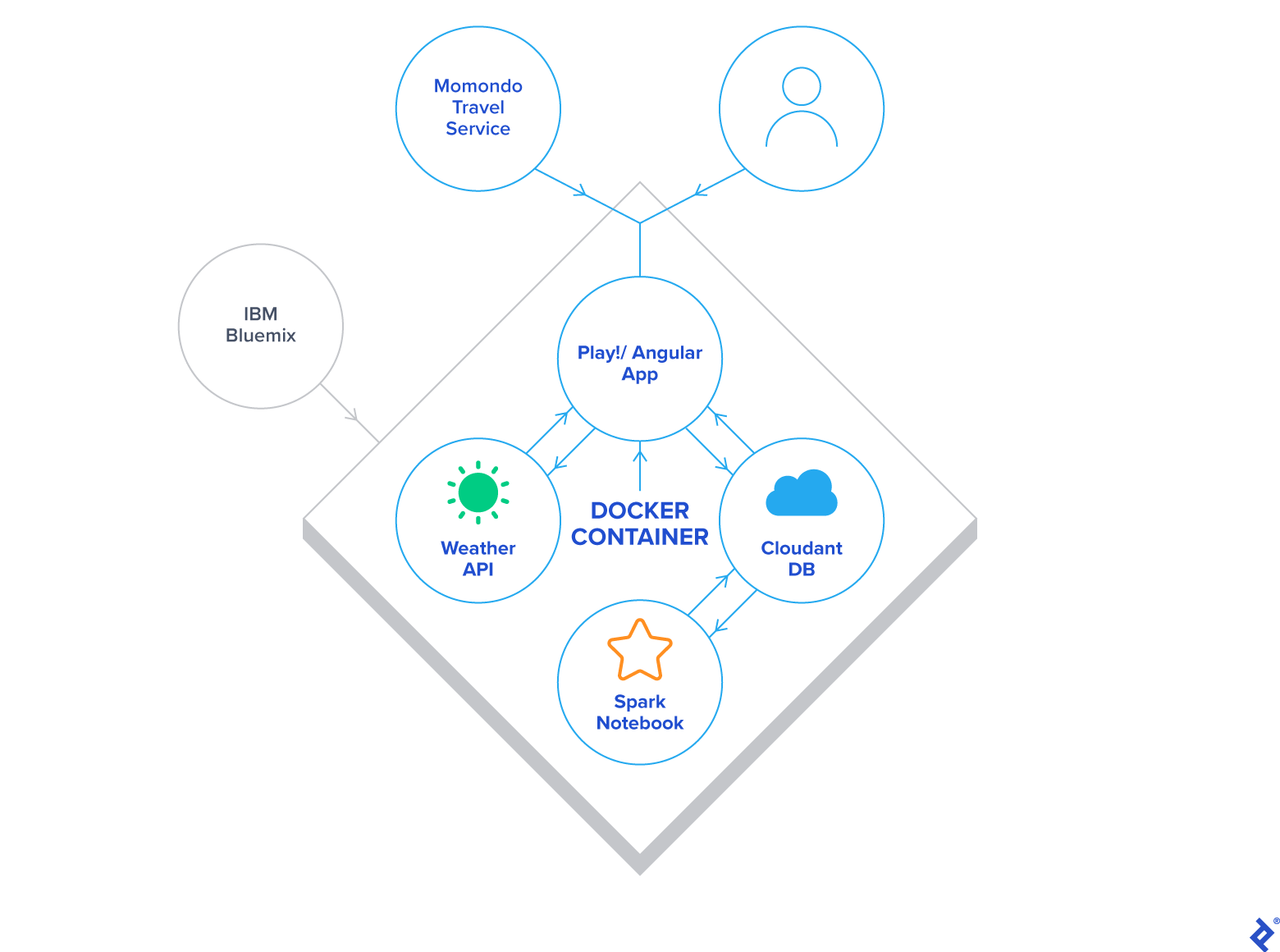

- #Sbt docker run image how to#
- #Sbt docker run image install#
- #Sbt docker run image generator#
- #Sbt docker run image code#
- #Sbt docker run image mac#
We can see the image we just built using the command docker images. With Dockerfile written, you can build the image using the following command: $ docker build.

# Filename: DockerfileĬMD Building Docker images
#Sbt docker run image how to#
The CMD command tells Docker how to run the application we packaged in the image. Let’s modify the Docker file and expose the port 3000. Exposing a portĮxposing port 3000 informs Docker which port the container is listening on at runtime. NET, Java, PHP, Node.js, Ruby, and Python.
#Sbt docker run image code#
Want to improve your code? Try Stackify’s free code profiler, Prefix, to write better code on your workstation. There’s a really nice blog post that explains this concept in detail. The main benefit here is quicker build time.
#Sbt docker run image install#
Since the file package.json does not change often as our source code, we don’t want to keep rebuilding node_modules each time we run Docker build.Ĭopying over files that define our app dependencies and install them immediately enables us to take advantage of the Docker cache. They’re created based on the output generated from each command. You might be wondering why we copied package.json before the source code. This will create the node_modules directory that we once ignored in. We copy package.jsonand install our project dependencies using npm install. The first argument is the source path, and the second is the destination path on the image file system. We then copy files using the COPY command. Let’s instruct Docker to copy our source during Docker build: # Filename: Dockerfileįirst, we set the working directory using WORKDIR. We add the base image to Dockerfile using the FROM command, followed by the base image name: # Filename: Dockerfile

There are also many base images out there that you can use, so you don’t need to create one in most cases. They’re created-and you too can create one from scratch. It could be an Ubuntu OS, Redhat, MySQL, Redis, etc.īase images don’t just fall from the sky. As defined in the Docker documentation, a base image or parent image is where your image is based. gitĭockerfile usually starts from a base image. dockerignore at the root folder with this content. We use it to prevent such files and directories from making their way into our build.Ĭreate a file with the name. It’s a best practice not to have them in your image-that’s what. Those are essential for our development workflow, but won’t stop our app from running. In reality, source code usually contain other files and directories like. This means packaging only what your applications need to run. There’s an important concept you need to internalize-always keep your Docker image as lean as possible. You’ve got to write a Dockerfile and build an image out of it.ĭocker’s official docs define Dockerfile as “a text document that contains all the commands a user could call on the command line to assemble an image.” Now that you know what a Dockerfile is, it’s time to write one.Īt the root directory of your application, create a file with the name “Dockerfile.” $ touch Dockerfile Dockerignore Of course, there are no magic wands you can wave at your app and turn it to a Docker container all of a sudden. Mind you, the application is still running on your machine, and you don’t have a Docker image yet. If you point your browser to you should see the application default page, with the text “Welcome to Express.” Dockerfile Start the application with the command below: $ npm start

Now we install package dependencies: $ npm install Next, we scaffold our application using the following command: $ express docker-app
#Sbt docker run image generator#
We start by installing the express generator as follows: $ npm install express-generator -g After that, we’ll go through the process of using Docker build to create a Docker image from the source code. We’ll generate a simple Node.js app with an Express app generator. Express generator is a CLI tool used for scaffolding Express applications. It’s time to get our hands dirty and see how Docker build works in a real-life app. You can see a Docker container as an instance of a Docker image. You can run many Docker containers from the same Docker image. When you create a Docker container, you’re adding a writable layer on top of the Docker image. In fact, the major difference between Docker containers and images is that containers have a writable layer. Docker images and Containersĭocker containers are instances of Docker images, whether running or stopped. Most likely, you’ll come across two terms-”containers” and “images”-that can be confusing. Now that you have Docker set up on your machine, you’re one step closer to building images with Docker. If you’re on a Linux machine, this guide will help you get Docker up and running. I won’t go into details on how to install Docker on your machine in this post. In fact, there’s Docker for Mac and Docker for Windows.
#Sbt docker run image mac#
That doesn’t mean you can’t use Docker on Mac or Windows.


 0 kommentar(er)
0 kommentar(er)
